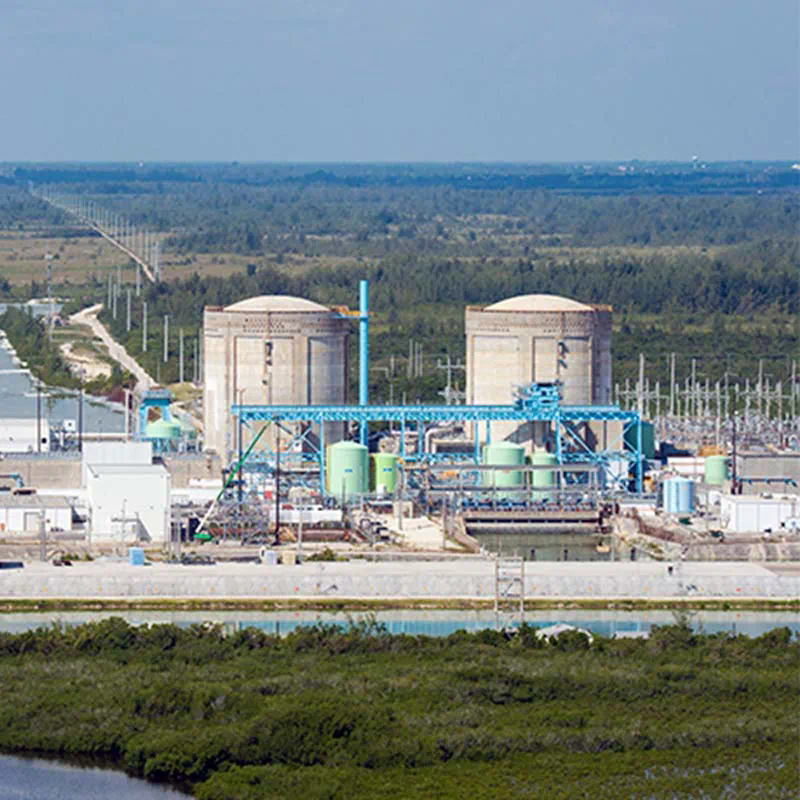On-line monitoring and fault diagnosis technology of glass lined reactor
Glass lined reactors are integral to numerous industrial processes, facilitating the production of various chemicals, pharmaceuticals, and specialty materials. These reactors are preferred for their corrosion resistance, making them suitable for handling corrosive substances under high temperature and pressure conditions. However, ensuring the reliability and safety of glass lined reactors during operation is crucial, given the potential risks associated with their failure.
Introduction to Glass Lined Reactors
Glass lined reactors are vessels typically made of a steel shell with a glass coating applied to the interior surfaces. This glass lining is essential as it provides a protective barrier against corrosive materials, preventing direct contact between the process fluid and the metal substrate. The construction allows for efficient heat transfer and maintains product purity, making glass lined reactors widely used across industries such as chemicals, pharmaceuticals, and petrochemicals.
Importance of Monitoring and Diagnosis
Effective monitoring and timely diagnosis of operational issues are critical to maintaining the performance and integrity of glass lined reactors. Several factors can contribute to the degradation of the glass lining, including chemical attacks, thermal shocks, mechanical stresses, and manufacturing defects. These factors highlight the need for continuous monitoring to detect early signs of deterioration and potential faults.
On-line Monitoring Technologies
1. Non-Destructive Testing (NDT)
Non-destructive testing techniques play a vital role in assessing the condition of glass lined reactors without compromising their structural integrity. Techniques such as ultrasonic testing (UT), radiographic testing (RT), and eddy current testing (ECT) are commonly employed to inspect the thickness and integrity of the glass lining. UT and ECT are particularly useful for detecting internal defects and delaminations, while RT provides insights into overall structural integrity.
2. Electrochemical Monitoring

Electrochemical impedance spectroscopy (EIS) and potentiodynamic polarization techniques are used for real-time monitoring of corrosion rates and the electrochemical behavior of the glass lining. These methods help in identifying corrosive environments within the reactor and enable proactive maintenance strategies to mitigate corrosion-induced failures.

Fault Diagnosis Techniques
1. Vibration Analysis
Vibration analysis is employed to monitor mechanical integrity by detecting abnormal vibrations that may indicate issues such as loose agitators, misalignment of shafts, or bearing wear. Advanced signal processing techniques, including Fourier transform and wavelet glass lined stainless steel reactor analysis, enhance the diagnostic capabilities by identifying specific vibration patterns associated with different types of faults.
2. Thermal Imaging
Infrared thermography is utilized for detecting thermal anomalies that signify localized overheating or cooling within the reactor. Hot spots on the glass lining can indicate uneven distribution of heat, which may result from internal deposits, fluid stagnation, or inadequate mixing. Early detection through thermal imaging helps prevent thermal shocks and extends the operational life of the reactor.
Integration of Monitoring Systems
Integrating various monitoring technologies into a centralized control system enables real-time data acquisition and analysis. Advanced data analytics and machine learning algorithms are increasingly applied to interpret glass lined reactor spark test monitoring data, predict potential failures, and optimize maintenance schedules. Cloud-based platforms further facilitate remote monitoring and decision-making, enhancing operational efficiency and safety.
Case Studies and Best Practices
Case studies illustrating successful implementation of on-line monitoring and fault diagnosis technologies provide valuable insights into their practical applications. Best practices include regular inspection intervals, calibration of monitoring equipment, and continuous training of personnel to ensure effective utilization of diagnostic tools.
Conclusion
The on-line monitoring and fault diagnosis technology for glass lined reactors is indispensable for maintaining operational safety, optimizing performance, and prolonging service life. By leveraging advanced monitoring techniques and diagnostic strategies, industries can mitigate risks associated with reactor failures, reduce downtime, and achieve sustainable production goals.
In conclusion, the continuous advancement of monitoring technologies and diagnostic methodologies underscores the commitment to safety and reliability in the operation of glass lined reactors.
https://supplychaininterview.com/